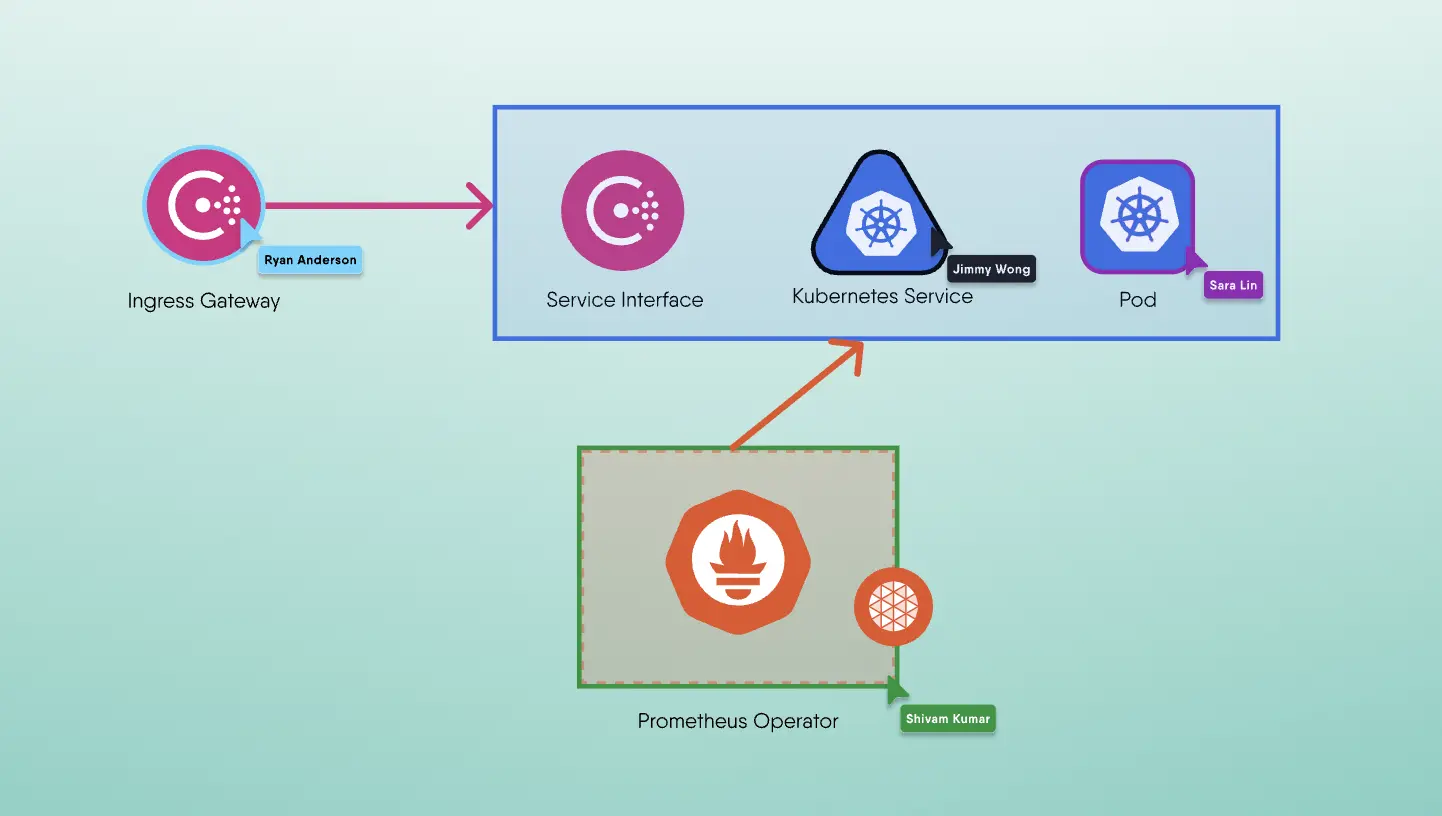Continuing in our Meet the Maintainer series, we have Xin Huang. Xin is a maintainer of the Cloud Native Performance project. In this interview, we get to know Xin a little better and learn about his journey as an open source project maintainer and with Layer5 community.
Xin, thank you for joining me today. Many people inside and outside of the Layer5 Community have seen the effects of your contributions, but may not know the backstory as to who Xin is and how you arrived at your maintainer role. Indulge us. How did you discover the Layer5 community? What made you stay?
I’m working around Service Mesh Acceleration in Intel, and noticed the Service Mesh Performance project. So I attended the community meeting, the community is very active and welcoming and they hope for feedback and contribution from me. It’s the main reason that made me stay here and contribute continuously.
Have you worked with any other open source project? How does Layer5 community compare?
Yes, I’ve worked with some open source projects. Layer5 community knows how to cultivate and fulfill the sprint of open source. If you are a newcomer to open source, you can get a big leg up from the Layer5 community.
What is so fascinating about service meshes? Why are you focused on this technology specifically?
First, I’m working on Service Mesh Acceleration at Intel. Second, service mesh is a hot area this year, more and more people or enterprises are trying service mesh in their production.
Service Mesh is the bridge between developers and infrastructure, how fascinating it is to build such a thing that benefits everyone.
Layer5 projects has a number of active, open source projects. You’ve been consistently contributing to a few of them. Which one(s) are you currently focusing on?
I’m focusing on the SMP project, because it’s related to my working scope. I also use Meshery to manage our service mesh environment and show our effort on Service Mesh acceleration. Every project has its specific goal, I can’t tell which one is the best.
What is your favorite Meshery CLI command?
Having worked on and been a user of Meshery's performance characterization features, I'm biased. I like the `mesheryctl perf` command the most.
Where do you see Service Mesh Performance, Nighthawk, and Meshery heading?
Meshery has a great dream to manage all the popular service mesh projects. It's a great idea for infrastructure & platform managers who are confused with so many different projects to try and understand their differences.
What is your hot tip for working with Service Mesh Performance, Nighthawk, or Meshery that others may not know?
We have a distributed performance characterization feature upcoming in Meshery in which Nighthawk will be externalized. Meshery manages the lifecycle of Nighthawk, using Nighthawk as one of its load generators to run performance benchmarks. As Nighthawk supports an adaptive load control as a feature, Meshery can leverage this to build a custom load controller to run performance benchmarks.
By default, the adaptive load controller in Nighthawk runs benchmarks with different RPS values and based on the latency, it adjusts the RPS value. But, with its custom plugin ability, we can bring in our own inputs as well as metrics to measure.
With the metrics from these tests, Meshery should also adjust the resiliency characteristics of the mesh automatically so as to improve these metrics and in turn improve performance. Meshery allows users to generate traffic load tests using Nighthawk. The tests are controlled and provisioned using meshery-nighthawk, a Meshery component supporting multiple load generators. This is a very powerful feature that is coming up in Meshery.
Do you have any advice for individuals hopeful to become Layer5 contributors or potentially maintainers?
Yes! I think that being a maintainer requires a combination of technical expertise, community engagement, and leadership skills. Start by being a consistent contributor yourself. Demonstrate your commitment by making regular and valuable contributions to the projects. You'll need to build a strong understanding of the technologies and the codebase. In order to demonstrate your technical leadership, you'll need to show initiative, take ownership of tasks, and often do the menial work that other contributors may not want to do.
One aspect of being a maintainer is actively participating in the Layer5 community, helping newcomers, and engaging in helping advance project discussions. Guiding and supporting other contributors is an expecation of a maintainer, so it's important to have a good understanding of the project and the technologies involved.
Finally, I wholeheartedly suggest that you are not afraid to ask questions. The Layer5 community is welcoming and supportive. The existing maintainers are individuals who have given their time and demonstrated their dedication to the betterment of the projects. They are a valuable resource for you to learn from, too, so when you engage with them, be respectful of their time - be sure to have done your homework before asking questions.
In other words, whether your contribution is big or small, it sounds like aiming for high-quality contributions that add value to the projects is key.
Yes, that's right. It's important to remember that the Layer5 community is a diverse group of individuals with different backgrounds, experiences, and perspectives. Remember to have fun and enjoy the process of learning, contributing, and collaborating with the community.
The Meshery project moves at an impressive pace thanks to maintainers like Xin. Be like Xin. Join the Layer5 Slack and say “hi".
Team

